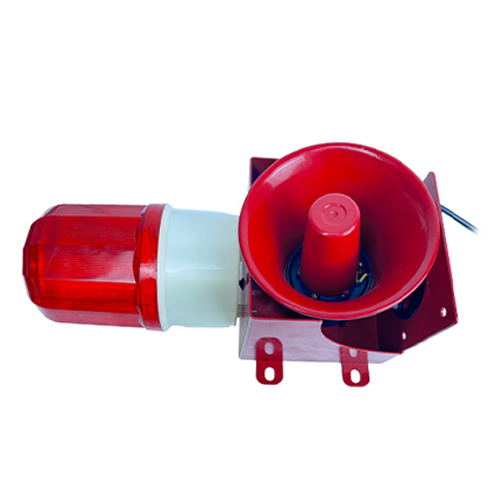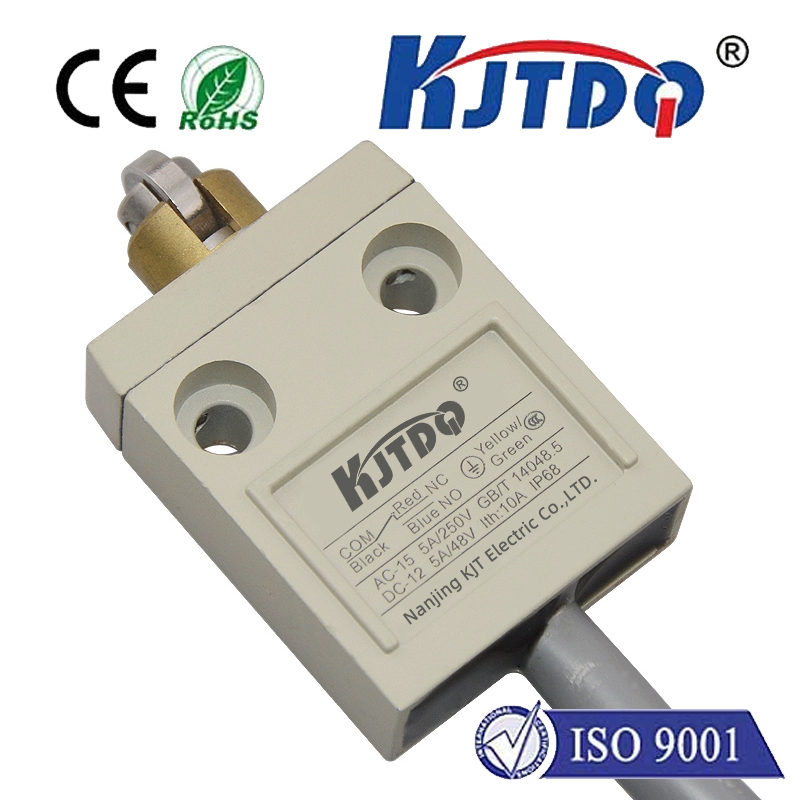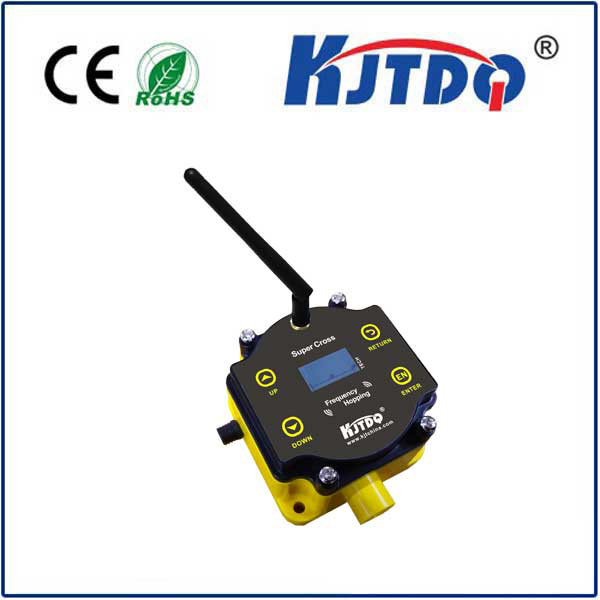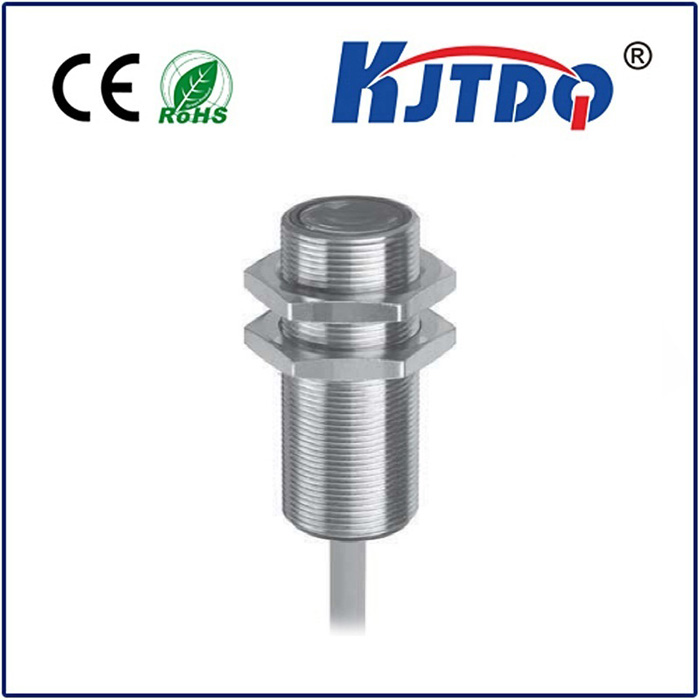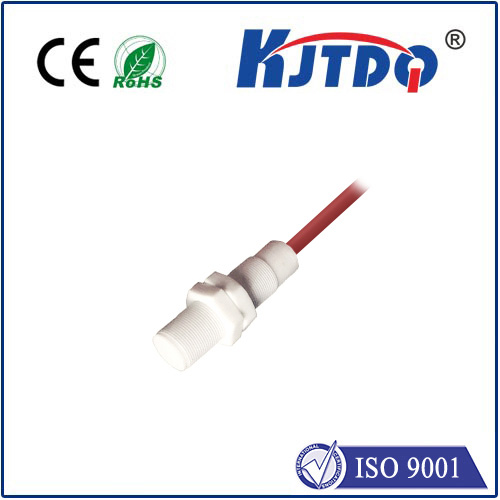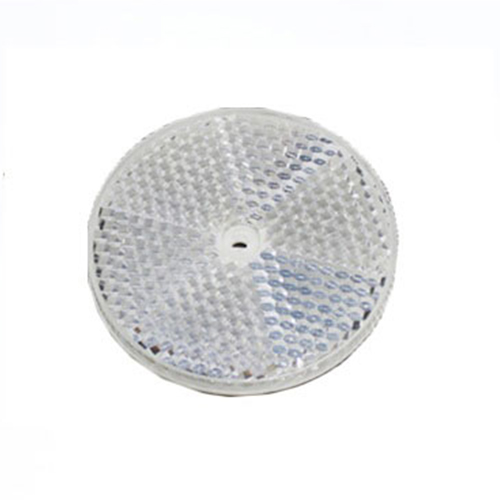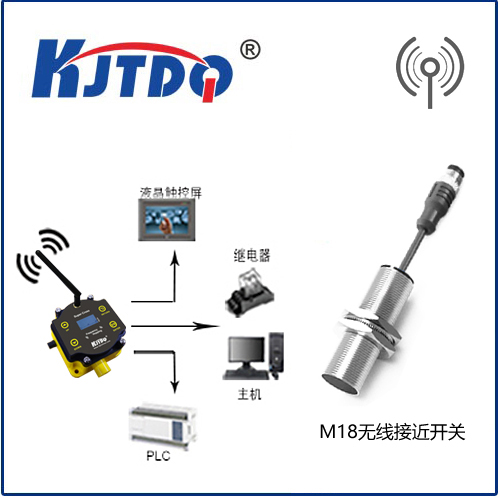

check

check

check

check
We interact with them countless times a day, often without a second thought. That subtle dimming of your smartphone screen as it nears your ear during a call? The automatic door sliding open as you approach? The precise touch rejection when your palm hovers over a tablet? All powered by the silent, efficient workhorse of modern electronics: the proximity sensor. And when it comes to the cutting-edge development, mass production, and global supply of these critical components, one nation stands remarkably dominant: South Korea.
Korea’s ascent to the pinnacle of the proximity sensor landscape isn’t accidental. It’s the result of decades of strategic investment, unparalleled manufacturing prowess, and a deep-rooted culture of technological innovation. The country boasts one of the world’s most sophisticated electronics ecosystems, anchored by global giants like Samsung, LG Electronics, and SK Hynix. These conglomerates command vast supply chains and possess the vertical integration capabilities essential for producing complex sensor components at scale and with relentless quality control. This robust infrastructure is fundamental to Korea’s position as a primary source of high-volume, reliable proximity sensors.

The sheer dominance of Korea in consumer electronics, particularly smartphones and displays, has been a massive catalyst. Proximity sensors are fundamental components in virtually every modern smartphone, enabling features like automatic screen on/off during calls and preventing accidental touches. As Korean giants like Samsung Electronics consistently rank among the world’s top smartphone manufacturers, the demand for high-performance, miniaturized proximity sensors manufactured within their domestic supply chains became immense. This internal demand fueled rapid advancements and economies of scale unmatched elsewhere. The drive to make devices thinner, smarter, and more power-efficient directly propelled Korean sensor technology forward.
Beyond sheer manufacturing muscle, Korea excels in the relentless pursuit of innovation within sensor technology. Significant investments in R&D are channeled through major corporate labs like Samsung Advanced Institute of Technology (SAIT) and LG Science Park, as well as world-class academic institutions such as KAIST and POSTECH. Collaborative efforts focus on pushing the boundaries of proximity sensor capabilities:
While smartphones remain the most visible application driving volume, the expertise cultivated in Korea extends far beyond. Korean-made proximity sensors are integral components in:
The proximity sensor Korea ecosystem includes not only the colossal OEMs but also a thriving network of specialized component manufacturers, sensor module integrators, and material science innovators. Companies like Ams Osram (with significant Korean operations), Parade Technologies (supplying display and touch controllers often paired with sensors), and niche players contribute sophisticated components and IP. Research institutes like the Electronics and Telecommunications Research Institute (ETRI) play a vital role in fundamental research and standardization.
Korea’s strategic focus on next-generation technologies like the Internet of Things, autonomous vehicles, and advanced robotics guarantees that the demand for smarter, more robust, and interconnected proximity sensors will only intensify. The nation’s existing strengths – world-class manufacturing infrastructure, deep R&D capabilities, a culture of rapid innovation, and strong global supply chain integration – position it perfectly to not just maintain, but likely extend, its global leadership. Whether it’s enabling the intuitive interfaces of our daily gadgets or forming the invisible sensory network of tomorrow’s smart factories and autonomous systems, proximity sensors designed and manufactured in Korea will remain indispensable components powering the future. The legacy of excellence in this critical field is profound, and the trajectory points firmly towards continued innovation and dominance.

